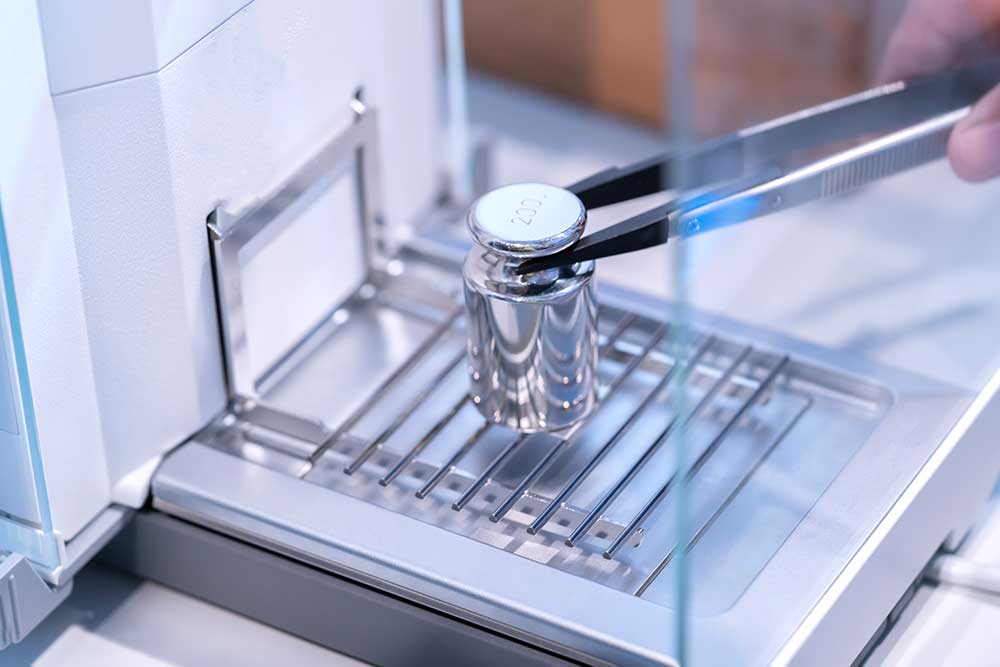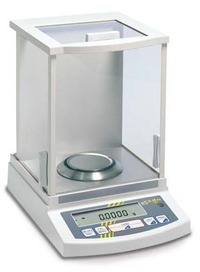
A Comprehensive Guide to Analytical Balance Calibration
Analytical balances are indispensable tools in laboratories across various industries, providing precise measurements for research, quality control, and formulation. To maintain accuracy and ensure reliable results, regular analytical balance calibration is essential. It verifies the relationship between the displayed value and the true mass, confirming the balance’s accuracy.

Why Calibrate Analytical Balances?
Calibration is not merely a routine procedure; it is crucial for maintaining data integrity, ensuring quality control, meeting regulatory compliance, and extending equipment longevity. Accurate measurements are the foundation of reliable scientific data. Calibration ensures that your analytical balance produces trustworthy results, which is critical in fields like pharmaceuticals and food production where precise weighing is essential for quality control and adherence to regulations.
Many industries and regulatory bodies, such as ISO and GLP, mandate regular calibration of analytical balances to ensure traceability and compliance. By adhering to these standards, laboratories can demonstrate their commitment to quality and accuracy. Furthermore, regular calibration can help identify potential issues early on, preventing costly repairs and extending the lifespan of your balance.
Calibration Methods: Internal vs. External
Analytical balances offer two primary calibration methods: internal and external.
Internal Calibration
High-end analytical balances often feature built-in internal calibration mechanisms. These balances use an internal motorized calibration weight to automatically calibrate the instrument under specific conditions, such as:
- Time elapsed since the last calibration
- Temperature fluctuations
- Switching from standby to weighing mode
- Power interruptions
This automatic calibration offers convenience, reduces downtime, ensures consistent accuracy, and eliminates the need for external calibration weights. However, balances with internal calibration tend to have a higher upfront cost and offer users less control over the calibration process.
External Calibration
This method involves using precisely calibrated external weights to verify the balance’s accuracy. The weights are placed on the weighing pan, and the balance’s reading is compared to the known weight value. External calibration is necessary when:
- The balance is subjected to excessive vibration or shocks.
- There are significant temperature fluctuations in the laboratory.
- The balance experiences a power failure.
- The balance is moved to a new location.
- There is a change in the balance’s performance.
Externally calibrated balances are generally less expensive, provide users with more control over the process, and are versatile across a range of balances. However, this method requires manual handling of weights and adjustments, which can be time-consuming and prone to error if not performed correctly.
Choosing the Right Calibration Method
Choosing between internal and external calibration depends on factors like your accuracy requirements, frequency of balance use, budget, and laboratory workflow. If your applications demand the highest level of accuracy, internal calibration may be preferable. For frequently used balances, internal calibration offers greater convenience. Consider your budget constraints and evaluate how the calibration method will integrate with your existing laboratory workflow.
Best Practices for Analytical Balance Calibration
- Consult the Manual: Always refer to the manufacturer’s instructions for specific calibration procedures for your balance model.
- Use Certified Weights: Use only certified calibration weights that are traceable to national or international standards.
- Controlled Environment: Perform calibration in a stable environment, free from drafts, vibrations, and temperature fluctuations.
- Record Keeping: Maintain detailed records of all calibration activities, including date, time, calibration weights used, and any adjustments made.
Routine Maintenance
In addition to calibration, regular maintenance is essential for optimal balance performance. This includes cleaning the balance and surrounding area, ensuring the balance is properly leveled, and handling the balance with care to prevent shocks and vibrations that can affect its accuracy.
Reap the Rewards of Accurate Weighing for Your Lab
Analytical balance calibration is critical for ensuring accurate and reliable weighing results. By understanding the different calibration methods and following best practices, you can maintain the integrity of your measurements, comply with regulatory requirements, and extend the lifespan of your valuable equipment. Consult with Tovatech’s specialists to determine the most suitable calibration method for your specific needs and applications.
